Fire is an important survival tool.
We need it to cook, provide light and warmth, boil water, make tools, and for many other uses. As you can imagine, fire suppression is an essential skill for anyone who works around fires. A stray spark is all it takes to start a fire, especially when using fire in a primitive brush shelter.
During natural disasters and other emergencies, your fire department will be tasked with putting out the most serious conflagrations first, so you may on your own to put out smaller fires. Disasters can also interrupt the supply of water, block roads, create manpower and equipment shortages, or create hazardous weather conditions that may prevent firefighters from helping your neighborhood.
Shutting Off Utilities
Do you know where your home’s circuit box(es) and natural gas meter are located?
In the event of an electrical fire, you may need to shut off the power by flipping circuit breakers or pulling fuses from a fuse box to deprive the fire of the electricity as demonstrated in the illustration below.
Until you do this, it will not be safe to fight an electrical fire and it may reignite after you put it out. Electricity must also be shut off when disasters damage your home’s electrical lines.
Natural gas is both an asphyxiant and an explosive, so it must also be turned off if you smell gas.
To turn off the supply of natural gas to your home at the meter, use a non-sparking wrench to turn the valve one-quarter turn as illustrated above. Once it’s off, you must not turn it back on yourself. For your safety, call the gas company to turn it back on.
PPE
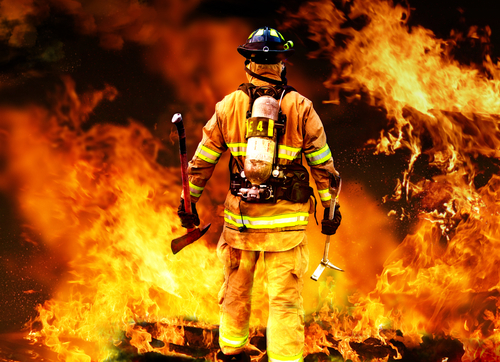
Personal Protective Equipment and training prevent injuries when responding to disasters. What are your chances of becoming a victim yourself? During the Mexico City earthquake that occurred in September of 2017, some 800 volunteers joined the rescue effort and around one hundred of the volunteers died during rescue operations.
If you become injured, not only will not be able to help anyone, but you become another victim and occupy emergency responders, preventing them from treating other victims.
Fire-Resistant Clothing
Survivalists should take flammability into consideration when choosing to clothe, especially outer layers. Many new fabrics have desirable performance characteristics, but if the wind carries even a tiny ember onto them from your campfire, it can instantly burn a large hole and some synthetic fabrics will melt right to your skin.
When working with high-explosive beaching and less-lethal munitions, I learned to look for FR (fire or flash-resistant) clothing. Many of you are probably familiar with Nomex flight suits, gloves, balaclavas, and other clothing issued to aviators and combat vehicle crews for decades. As our military began to encounter IEDs in the GWOT, more hard lessons were learned, and all branches began issuing more FR clothing and equipment.
Welders, contractors, firefighters, and others who work around heat or flame wear FR workwear, which is another source of FR clothing. Wool can burn but it has naturally fire-resistant properties. Embers do much less damage to wool clothing than to polypropylene or polyester and combined with the many other desirable characteristics make wool an excellent choice for outdoor, emergency or survival clothing.
Turnout Bag
When prepared ahead of time, PPE can be donned quickly. I keep mine together in a turnout bag. I put on the clothing and gear in a bag and once the bag is empty, I know that I haven’t forgotten anything. In addition to clothing, consider including sturdy boots, eye protection, leather gloves, a dust mask, and a hard hat or bump helmet to reduce the chance of injury.
Install Smoke, Carbon Monoxide & Natural Gas Alarms
Smoke, carbon monoxide, and natural gas detectors improve situational awareness. Without them, you may sleep through or be otherwise unaware of a fire during the important first minutes while the fire is still small and vulnerable, and you have the best shot at putting it out. Install them and test them monthly.
- Install natural gas detectors near natural gas appliances such as gas stoves, furnaces, clothes dryers, hot water heaters and hot tub heaters.
- Install smoke detectors in bedrooms and on every floor of your home, but don’t put them within 15 feet of kitchens, heaters or bathrooms or other areas of high-humidity.
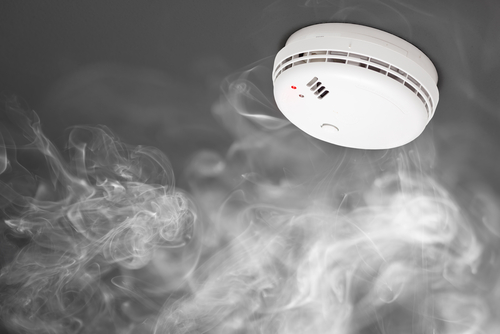
Once you hear a smoke detector, you may have as little as 30 seconds to get out of the structure. There’s no time to get anyone else out and you must head out the nearest exit. That means everyone else in your home must understand that as soon as they hear that alarm, they must get themselves out! That’s why schools conduct fire drills.
When schoolchildren hear the fire alarm, they know exactly what to do and start doing it. If you have kids at home, do they know what to do when they hear a home smoke detector signal alarm? If they haven’t done fire drills at home, most kids will just wait for mom and dad to come to get them. Unfortunately, by the time a fire is big enough to set off a smoke alarm, that’s usually not possible. Because home and school are different environments and the alarms may sound very different, kids must practice fire drills at both!
Fire Chemistry
Fires need fuel, oxygen, and heat. Take away any one of these three components and you will put the fire out. It’s that simple.
Fire Suppression
Only attempt fire suppression when it is safe to do so. Otherwise, leave the structure immediately and call the fire department. Determining whether is safe to attempt fire suppression is accomplished by doing a size up or assessing the fire.
Assess the Fire
The role of home fire suppression is to put out small fires before they grow too large for homeowners to safely extinguish by themselves. Most fires start small but even a small fire can quickly grow out of control, so conduct a quick size-up before attempting to fight a fire.
Ask yourself if you think you can safely put the fire out. If the answer is anything but “Yes!” evacuate and call the fire department. How big is too big? If the fire is larger than a kitchen trash can (about 13 gallons or 50 liters) it’s too large. Once the fire is larger than that, you simply may not have the time before the entire room bursts into flame and it is not worth the risk.
Questions to Ask Yourself as You Assess a Fire
- Do I have the right type of fire extinguisher?
- Is the fire extinguisher large enough to suppress the fire?
- Is the fire smaller than a kitchen trash can?
- Is the building free of structural damage, danger of falling debris and hazardous materials?
- Can I escape safely if I am unable to suppress the fire?
- Can I (or we) safely suppress this fire?
The answer to every question above should be, “yes.” If you answer “no” to any of these questions, leave immediately!
Types of Fires, Extinguishing Agents & Methods
The type of fire you are up against dictates which extinguishing agent you should use and how it works.
Most fire extinguishers are Type A, B, C, which means that they are effective against ordinary sold material (such as wood, fabric & plastic), flammable liquids (like fuels, alcohols & solvents), and electrical equipment. However, the most effective way to extinguish an electrical fire is usually to turn off the circuit breaker which will usually turn a type C fire into a type A fire that is more easily extinguished. Water is effective at cooling type A fires and depriving them of oxygen but shouldn’t be used with type B fires because they can cause fuel to splash or with type C fires because it conducts electricity.
Type D fires involve combustible metals such as magnesium, sodium, phosphorus, potassium, aluminum powder, and various combinations of lithium with other materials. Metals burn so hotly that they can separate water into oxygen (which the fire needs in order to burn) and hydrogen (a flammable gas.) If you work with flammable metals at home, it is advisable to keep a type D fire extinguisher on hand.
Type K fires are kitchen oil fires, which should not be confused with a grease fire on your stove. Kitchen oil fires usually involve deep fryers and kitchens that feature them should be equipped with a fume hood and one or more Type K fire extinguishers that deprive them of oxygen. To put out a grease fire on your kitchen stove, turn the stove off (depriving the fire of heat) and cover the pan with a lid (depriving the fire of oxygen.) You can also pour baking soda on a grease fire, but this makes a mess that usually isn’t necessary.
Fire Suppression
Where possible, work with a buddy. They can keep an eye out for hazards that you may not see while you are trying to suppress the fire and they can’t pull you to safety if something goes wrong.
Prepare the Fire Extinguisher for Use
- Support the fire extinguisher by the carrying handle with your dominant hand. The support handle is the lower of the two handles and resides beneath the trigger (the trigger is the upper handle).
- Remove the safety pin. You will probably have to break a very small plastic zip tie that secures the pin in place. This is easily accomplished by twisting the pin.
- Free the hose with your non-dominant hand. The hose is sometimes clipped to the body of the cylinder.
- Test the fire extinguisher to ensure that it works before approaching the fire.
Remember the acronym PASS when operating a fire extinguisher:
- Pull – Pull the safety pin and don’t forget to test the extinguisher before approaching the fire.
- Aim – Aim the hose at the base of the fire.
- Squeeze – Squeeze the trigger.
- Sweep – Sweep the extinguishing agent back and forth.
Type ABC fire extinguishers put out the size and type of fires they are designed to suppress very quickly. If you are not able to suppress the fire by discharging the extinguisher for five seconds, leave immediately and call the fire department.
Flammable liquids
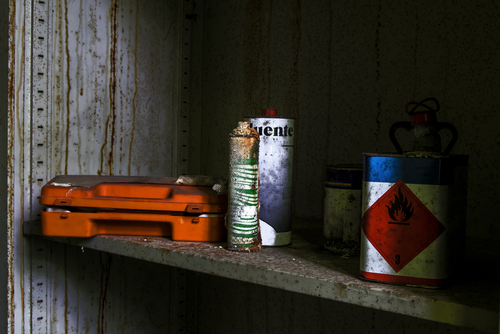
Because preppers often store liquid fuels, I should point out that great care must be exercised when attempting to put out flammable liquids. This is because most extinguishing methods involve extinguishing agents under pressure, which can splash burning fuel all over you and nearby fuel sources.
To extinguish flammable liquids safely, use an ABC fire extinguisher and begin depressing the handles at a greater distance than you normally would, walking closer to the fire as you hose it down with the extinguishing agent. Keep in mind that this type of fire extinguisher has a range of approximately 8-12 feet and a discharge time of approximately 10-20 seconds. Using this method, the agent will be slowed down by air resistance and will not hit the liquid with enough force to splash burning fuel everywhere, enabling you to safely suppress the fire.
Confine the Fire
Closing doors and windows help to slow the progression of structure fires and smoke by depriving the fire of oxygen and creating barriers.
After Putting Out a Fire
Make sure the fire is out cold. Whenever I extinguish a campfire, I touch the ashes to make sure that they are cold. This can be done with any Type A fire. You don’t want the fire to catch a breeze and flare back to life.
After putting out a fire in a structure, the fire department recommends that you call them. They will come out and make certain that the fire is out cold and will not flare back up again. This is especially important with stove fires and other fires that can get into spaces within the walls of a structure. In these situations, firefighters use thermal imaging camera equipment to search for hot spots that can’t be seen with the naked eye.


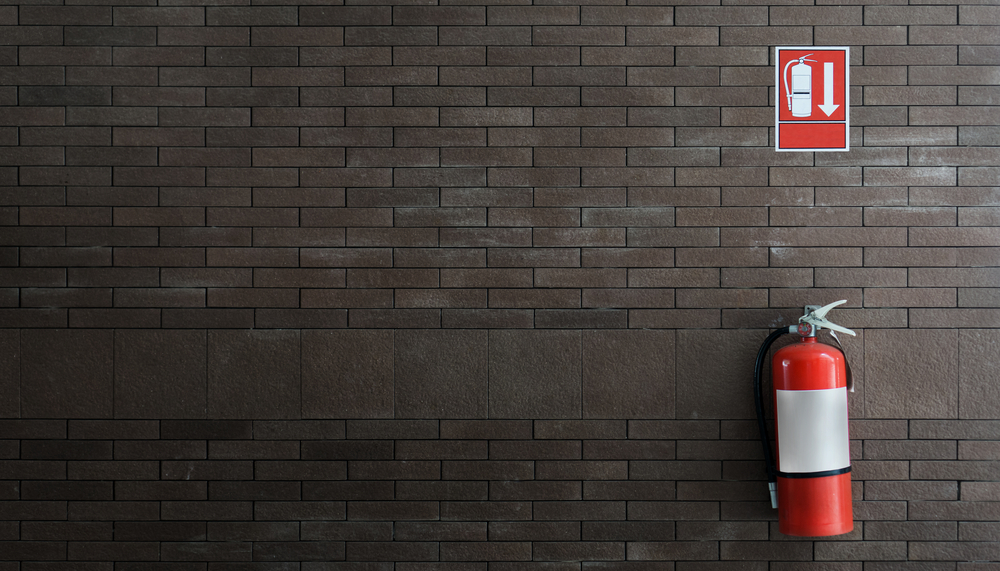
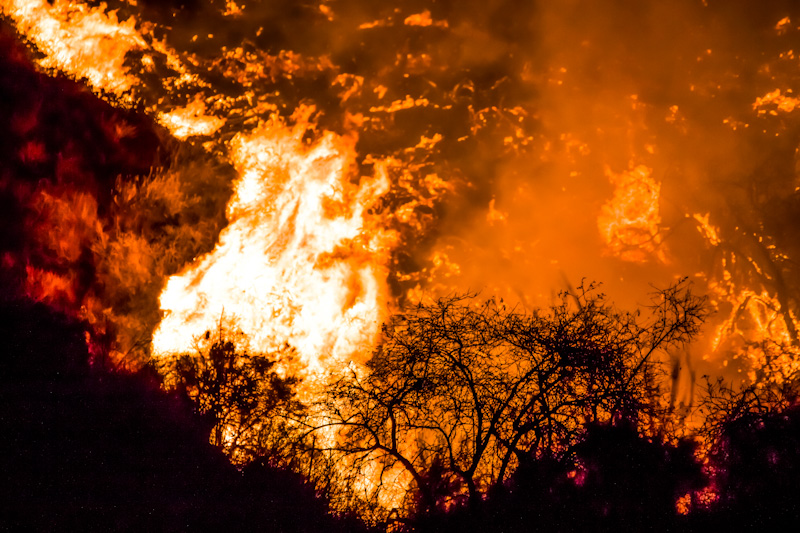
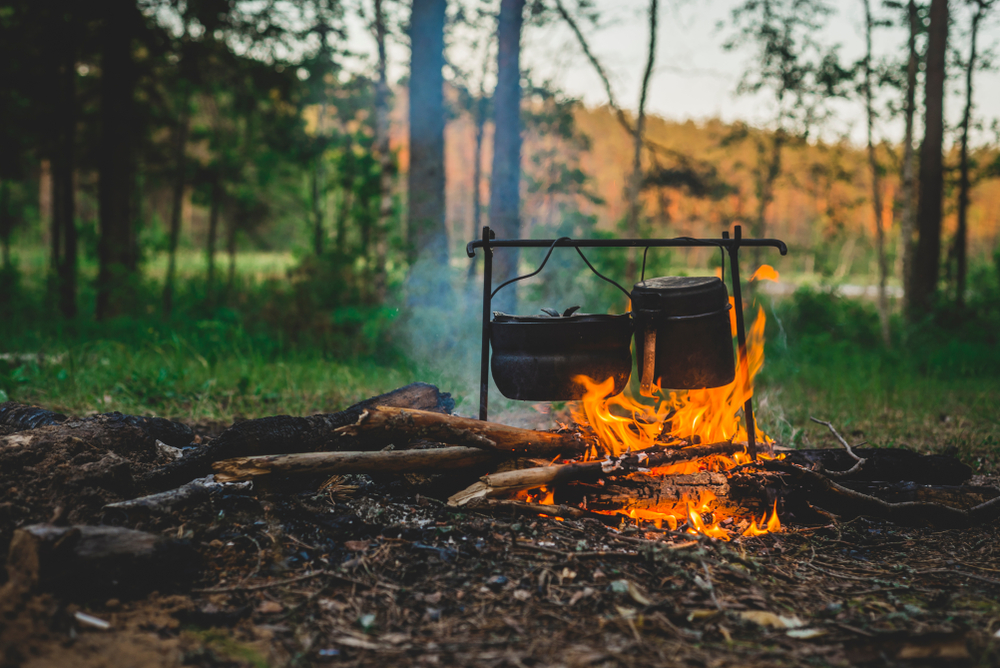
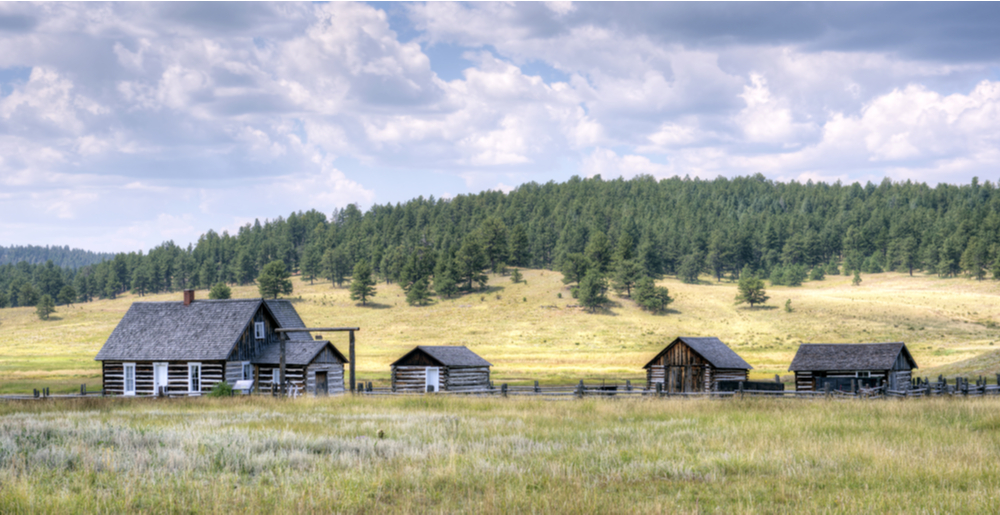
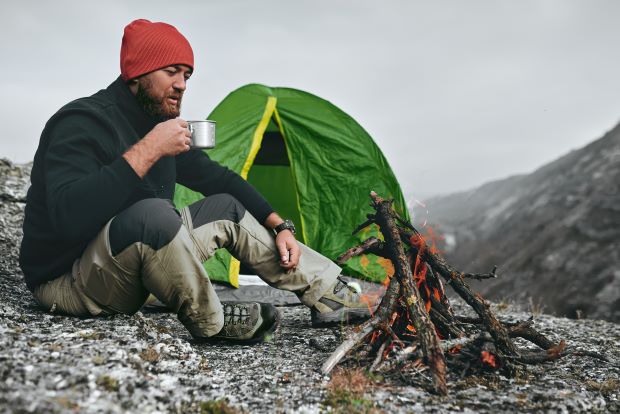

Bill In Idaho | January 22, 2021
|
Good One, Cache. ALWAYS BEWARE of “Flashbacks” and “Re-Ignites” !